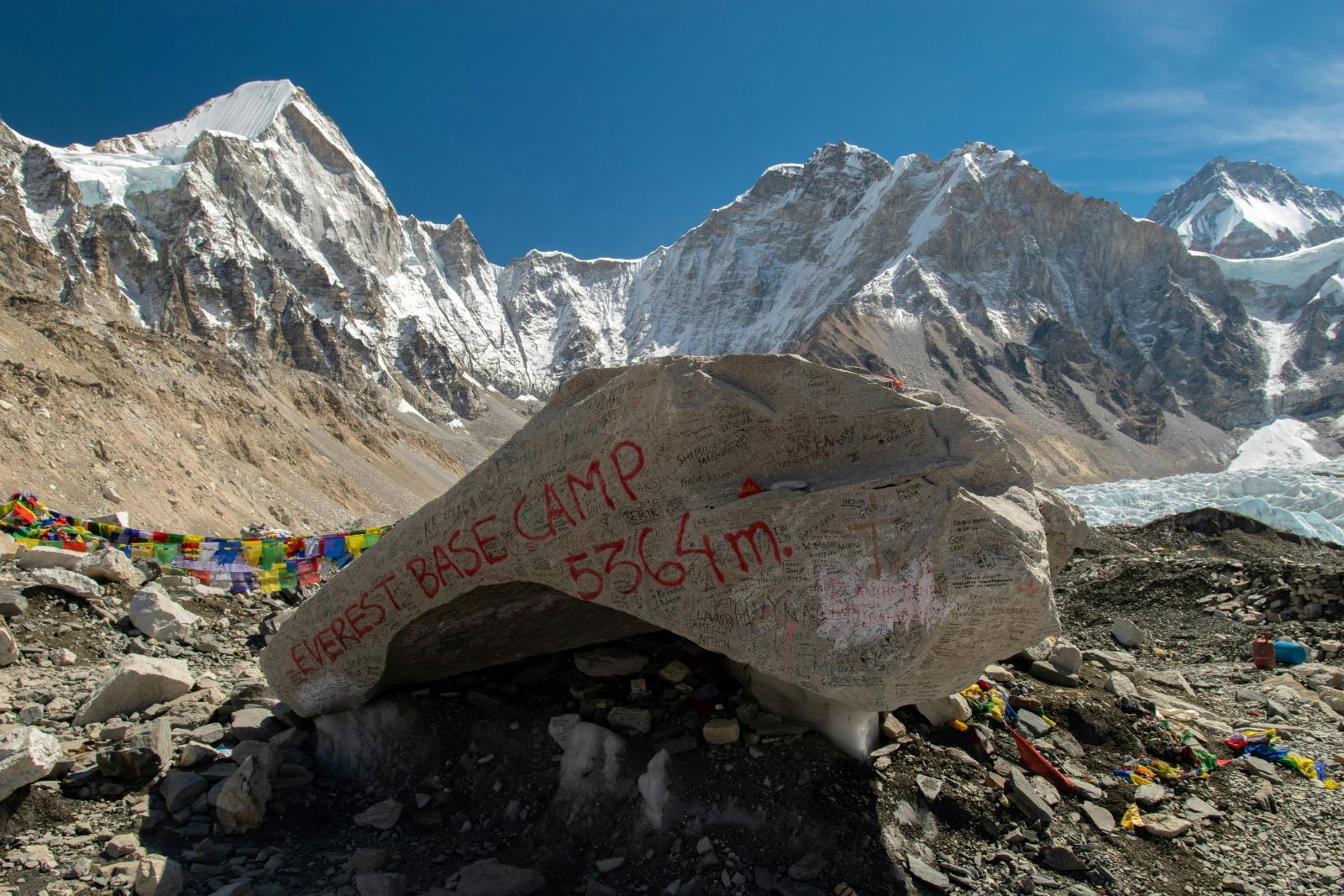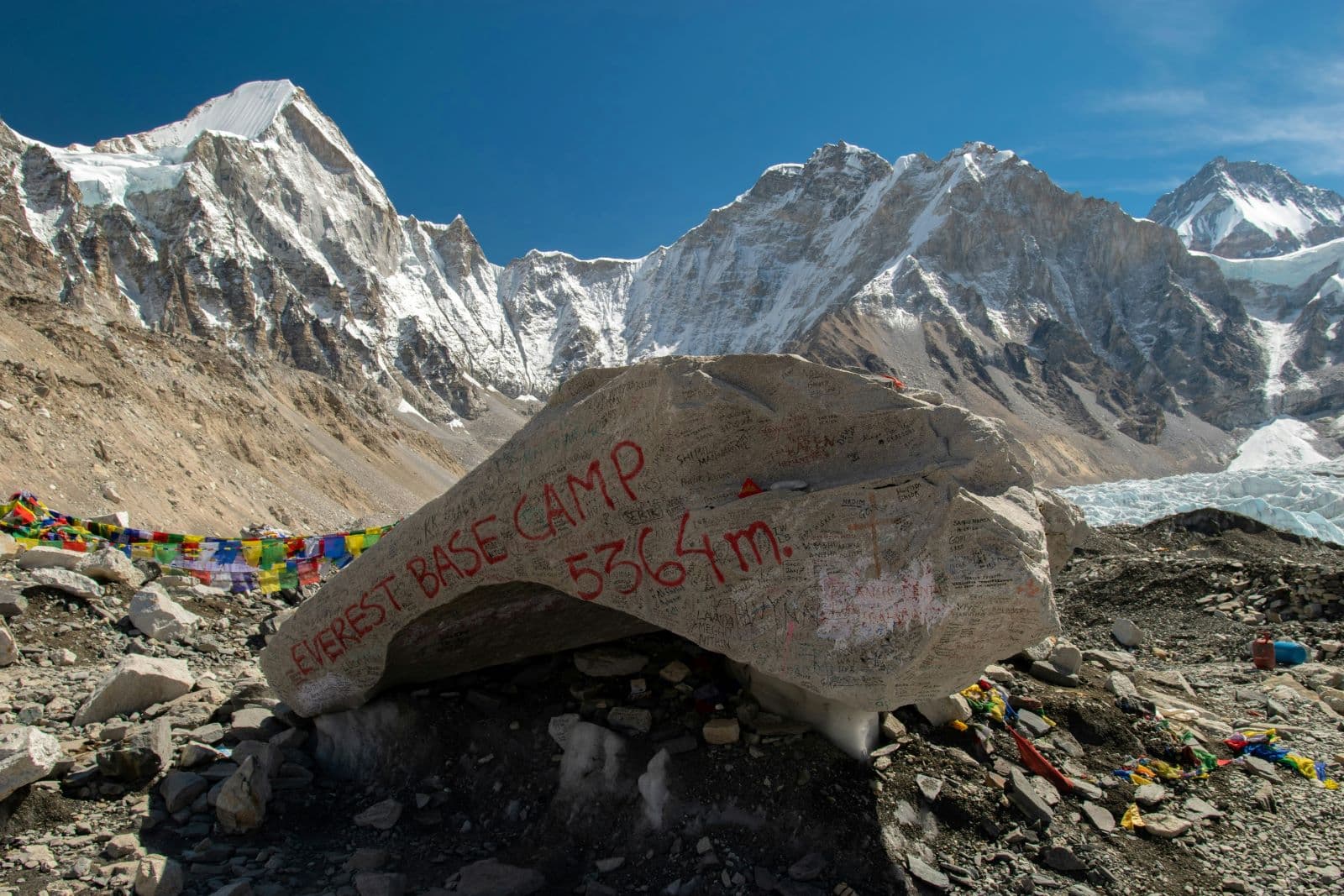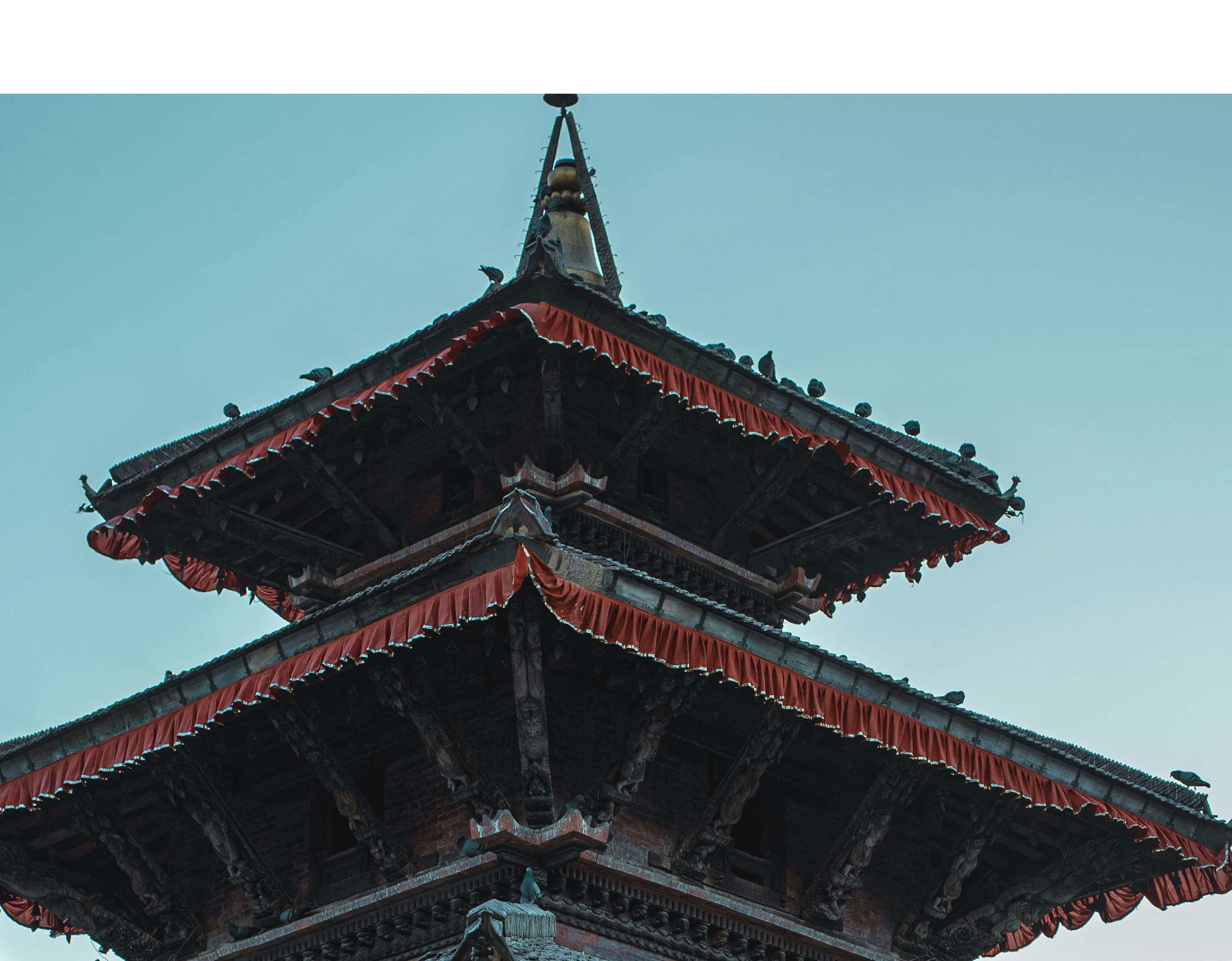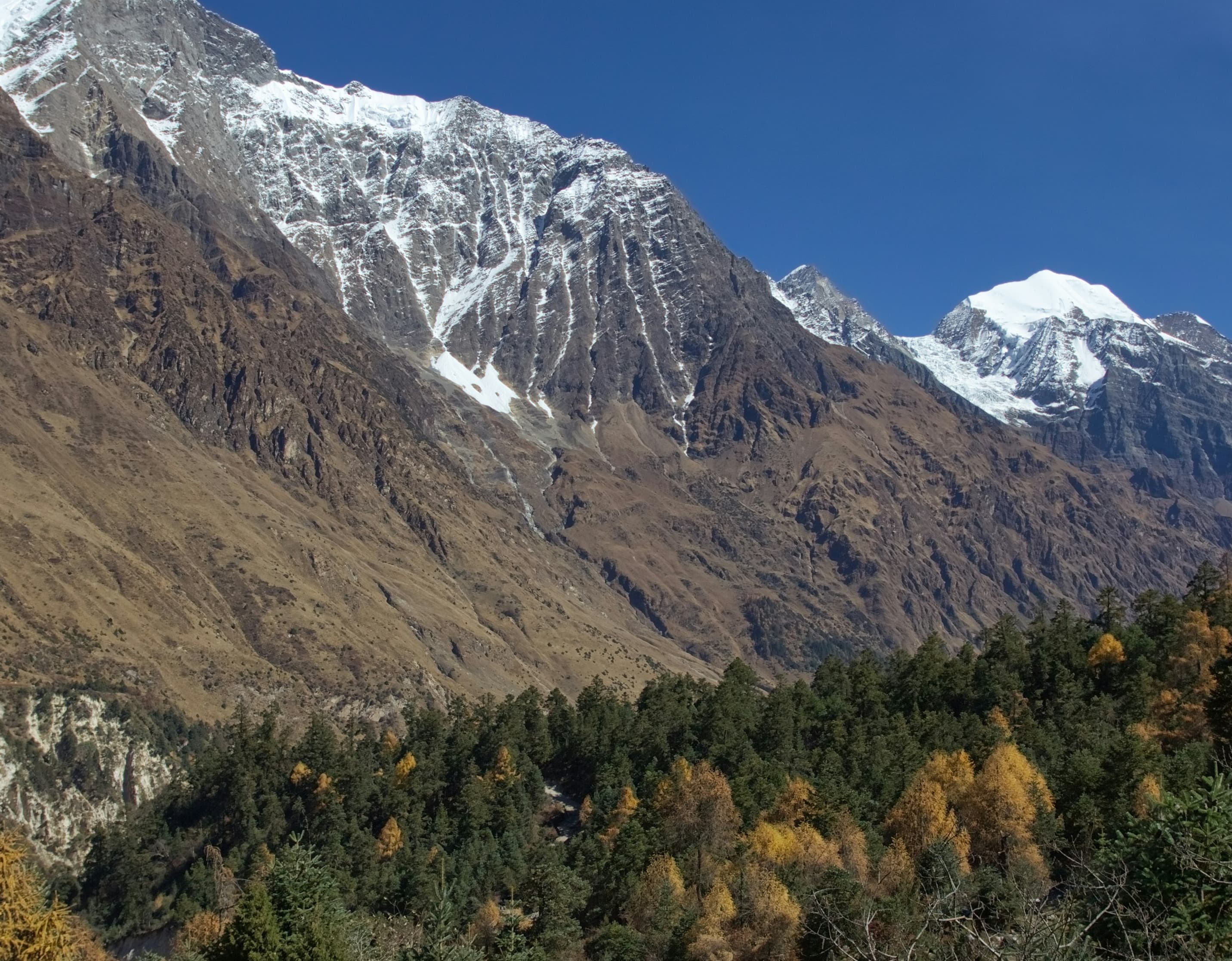"Your Comprehensive Guide to Conquering the Rooftop of the World: Navigating the Everest Base Camp Trek"
Embarking on the Everest Base Camp (EBC) Trek requires meticulous preparation, starting months in advance with a regimen focused on cardiovascular fitness, strength training, and endurance hiking to ensure you're in peak physical condition. Familiarizing yourself with high-altitude conditions can also offer a significant edge. The optimal periods for this adventure fall during the pre-monsoon spring months of March to May and the post-monsoon autumn window from September to November, providing trekkers with the clearest skies, moderate weather, and stable trekking conditions. Equipping yourself with essential gear, including high-quality trekking boots, thermal wear, a down jacket, a four-season sleeping bag, and a dependable backpack, alongside sunglasses, sunscreen, a first-aid kit, and a headlamp, is crucial for the journey. Acclimatization is key to navigating the high altitudes without succumbing to altitude sickness, necessitating attentiveness to your body's signals and scheduled acclimatization stops.
The EBC Trek transcends physical challenges, offering a deep dive into the cultural tapestry of Sherpa villages, monasteries, and markets, underscoring the importance of respecting local customs and environmental conservation. Ensuring safety through comprehensive travel insurance that covers high-altitude trekking and possible evacuation, and engaging a local guide, not only bolsters your safety but significantly enhances the trekking experience with invaluable cultural and landscape insights, making the journey to the rooftop of the world a profoundly transformative experience.
Everest Base Camp (EBC) Trek is a dream for many adventurers, offering the ultimate journey through the heart of the Nepalese Himalayas to the foot of the world's highest peak. This comprehensive guide, rich with highly designed to equip you with all the necessary insights, tips, and preparation advice to ensure a successful and memorable expedition to Everest Base Camp.

1. Understanding Altitude Acclimatization:
Altitude sickness, often referred to as Acute Mountain Sickness (AMS), is a paramount concern for trekkers embarking on the Everest Base Camp (EBC) journey. The thin air and lower oxygen levels at high altitudes can pose significant health risks if proper acclimatization is not observed. It's crucial to integrate acclimatization days into your trekking itinerary, allowing your body to adjust to the elevation incrementally. Recognizing the symptoms of altitude sickness, which can range from mild headaches and dizziness to more severe conditions like High Altitude Pulmonary Edema (HAPE) or High Altitude Cerebral Edema (HACE), is essential for every trekker. Being informed about when it's safe to continue ascending and when it's vital to descend to a lower altitude for recovery could very well save your life. The key to a successful and enjoyable EBC trek lies in meticulous planning and preparation, with an emphasis on acclimatization strategies. By doing so, trekkers can significantly reduce the risk of altitude sickness, ensuring a memorable experience amidst the breathtaking landscapes and towering peaks of the Himalayas. Understanding these aspects is not just about safety; it's about embracing the journey to one of the world's most iconic destinations in the most responsible and rewarding way possible.
2. The Best Time to Trek:
3. Physical Preparation and Training:
4. Essential Trekking Gear:
5. Permits and Documentation:
6. Sustainable Trekking Practices:
Adopting eco-friendly trekking practices is crucial in preserving the pristine beauty of the Himalayas during your Everest Base Camp (EBC) trek. Responsible waste management is at the forefront of sustainable trekking; always carry back non-biodegradable materials to dispose of properly in more populated areas. Utilizing refillable water bottles instead of single-use plastics significantly reduces litter, complementing efforts to protect the region's delicate ecosystems. Moreover, showing respect for local wildlife and vegetation involves staying on designated trails to avoid disturbing natural habitats and adhering to guidelines when encountering wildlife. By implementing these sustainable practices, trekkers contribute to the conservation of the Himalayas' environmental integrity, ensuring future generations can also experience its untouched splendor.
7. Hiring a Guide or Porter:
Trekking to Everest Base Camp (EBC) independently is an option, but the benefits of hiring a local guide or porter can greatly enhance the safety and richness of your trekking experience. Local guides provide invaluable insights into the culture, traditions, and environment of the region, enriching your journey with stories and information you might otherwise miss. Porters can alleviate the physical challenge by carrying heavy gear, allowing you to focus more on the breathtaking scenery and less on the strain. Besides the practical benefits, hiring local guides or porters also supports the local economy, making your trek not only an adventure but also a contribution to the communities that make these treks possible.
8. Hydration and Nutrition:
Maintaining hydration and proper nutrition is essential on the Everest Base Camp trek, particularly due to the increased demands of trekking at high altitudes. Drinking ample water is crucial to prevent dehydration, a common issue that can be exacerbated by the dry mountain air and exertion. A balanced diet, rich in carbohydrates for energy and proteins for muscle repair, is vital for sustaining the energy levels needed to tackle the challenging terrain of the Himalayas. Incorporating a variety of nutrients ensures your body has all it requires to perform optimally, making meal planning an integral part of your trek preparation.
9. Understanding the Trekking Route:
A thorough understanding of the Everest Base Camp (EBC) trekking route is indispensable for a successful trek. Familiarizing yourself with key landmarks, potential hazards, and the daily distances to be covered can significantly impact your experience. Knowledge of high-altitude weather patterns, acclimatization points, and the locations of guesthouses or campsites enables better planning and preparedness. Recognizing the signs of altitude sickness and knowing the nearest points of assistance are also crucial for safety. This comprehensive route awareness not only ensures a smoother trek but also enriches the journey, allowing for deeper appreciation and enjoyment of the majestic Himalayan landscapes.
10. Cultural Etiquette and Respect:
The Everest region, renowned for its breathtaking landscapes and towering peaks, is also the cultural heartland of the Sherpa community. This indigenous group is known for its deep-rooted traditions, profound religious beliefs, and unparalleled mountaineering expertise. As visitors journey through this sacred land on their way to Everest Base Camp or other high-altitude treks, it becomes imperative to approach the local culture with the utmost respect and sensitivity.
Adhering to local customs is not just a matter of courtesy but a bridge to understanding the rich tapestry of Sherpa life. When visiting monasteries, which are central to the spiritual life of the community, dressing modestly is a sign of respect for their religious practices and beliefs. Such simple acts of consideration foster a sense of mutual respect and make the trekking experience more enriching for both visitors and locals.
Photography, while a wonderful way to capture the memories of your journey, should be approached with mindfulness. Always seeking permission before taking photographs of people is not only respectful but opens the door to meaningful interactions. It acknowledges the dignity of the individuals and their right to privacy, often leading to genuine exchanges and insights into Sherpa culture.
In last, By arming yourself with these key insights and thoroughly preparing for your adventure, you're set to embark on an unforgettable journey to Everest Base Camp, truly conquering the rooftop of the world with confidence and respect for the majestic Himalayas.



